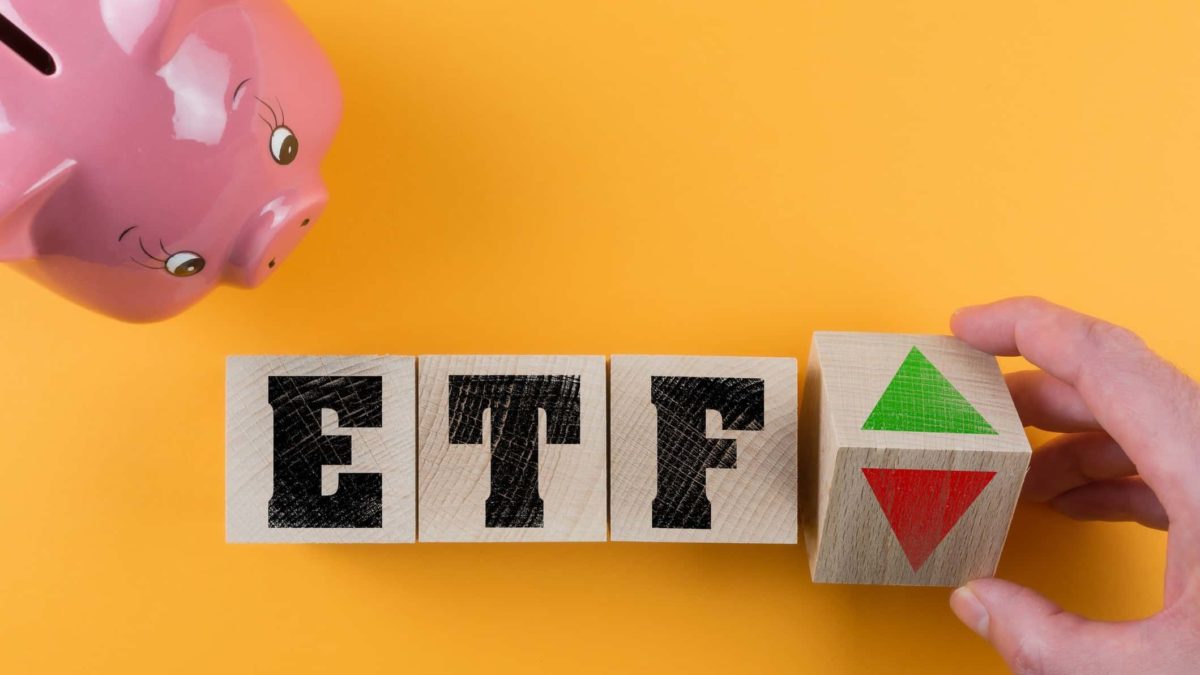One increasingly popular way to invest is using exchange traded funds (ETFs). And it isn't hard to see why. ETFs provide investors with opportunities that were unattainable a decade ago.
With that in mind, listed below are two ETFS that are popular with investors right now. They are as follows:
BetaShares Global Cybersecurity ETF (ASX: HACK)
The first ETF to look at is the BetaShares Global Cybersecurity ETF. This popular ETF gives investors exposure to the leading companies in the growing cybersecurity sector. This includes Accenture, Cisco, Cloudflare, Crowdstrike, Okta, Palo Alto Networks, and Splunk. These companies appear well-placed for growth over the 2020s due to increasing demand for cybersecurity services.
One of the companies you'll be owning a slice of is Palo Alto Networks. It is the global leader in cybersecurity solutions. It offers advanced firewalls and cloud-based products that extend firewalls to cover other aspects of security. It has over 85,000 customers across over 150 countries. From these customers it generated US4.3 billion of revenue in FY 2021, which was up 25% year on year.
Over the last five years, the ETF has delivered a 23% per annum return for investors. This would have turned $10,000 into $28,000.
VanEck Vectors Morningstar Wide Moat ETF (ASX: MOAT)
Another ETF for ASX investors to consider is the VanEck Vectors Morningstar Wide Moat ETF.
This ETF gives investors easy access to a diversified portfolio of companies that are fairly priced and have sustainable competitive advantages. This mirrors the investment approach of legendary investor Warren Buffett. And given the returns that he has generated over several decades, it could be a great approach to follow.
At present, there are a total of 46 US based stocks in the fund. This includes Amazon, Bank of America, Berkshire Hathaway, Intel, Mercado Libre, Microsoft, Philip Morris, Walt Disney, and Wells Fargo.
The index the VanEck Vectors Morningstar Wide Moat ETF tracks has beaten the market and generated a return of 21.5% per annum over the last 10 years. This would have turned $10,000 into $70,000.









